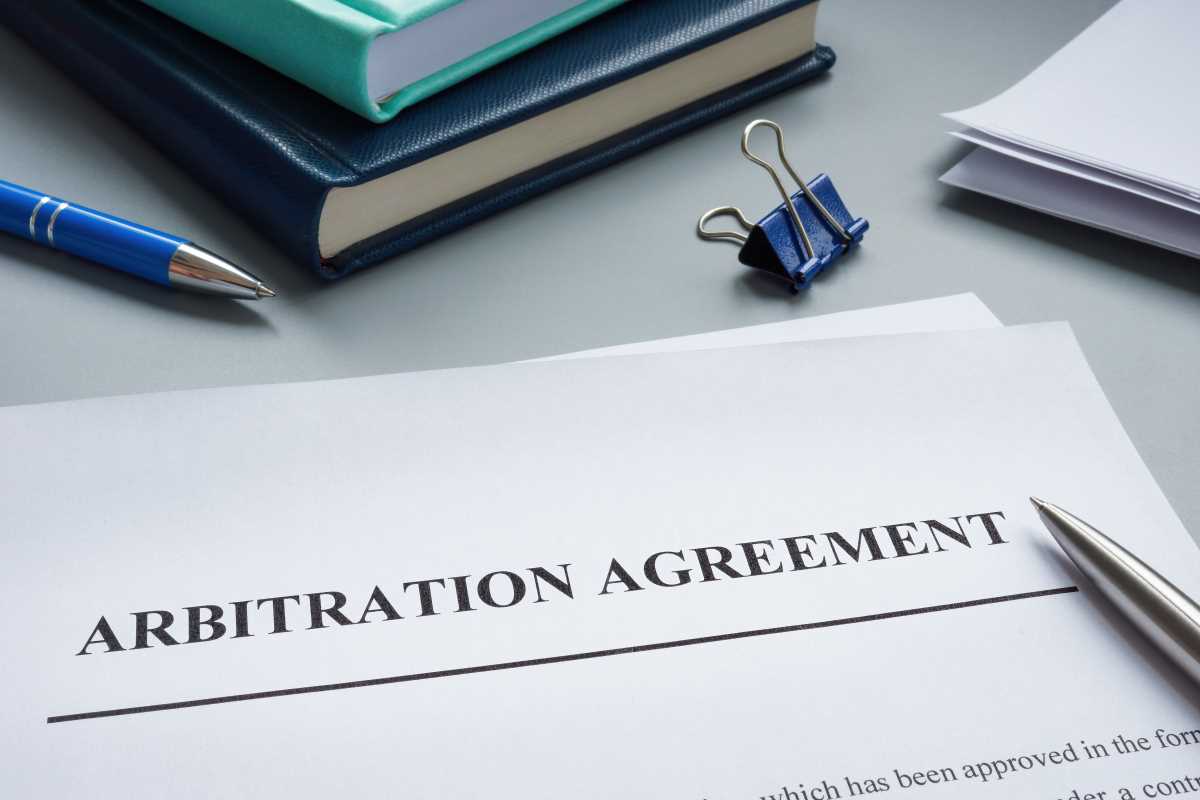Legal disputes can be stressful, time-consuming, and costly, but there are alternatives to resolving disagreements without stepping into a courtroom. Arbitration is one such option, offering a structured yet less formal approach to resolving conflicts between parties. Whether you’re involved in a business disagreement, contract issue, or employment dispute, arbitration provides a pathway to potentially faster and more cost-effective outcomes compared to traditional litigation.
If you’re new to the concept of arbitration, you may have questions about what it entails and what to expect. This guide provides a comprehensive overview of the arbitration process, including its purpose, what happens during arbitration sessions, and how it differs from courtroom trials. By understanding these aspects, you can be better prepared to participate in arbitration and make informed decisions about your case.
What Is Arbitration?
Arbitration is a method of dispute resolution where the parties involved present their arguments and evidence to a neutral third party, known as an arbitrator or arbitration panel. The arbitrator listens to both sides and makes a binding or non-binding decision, depending on the terms agreed upon beforehand.
Arbitration is often used in legal disputes involving contracts, employment agreements, or business matters, particularly when parties want to avoid the high costs and lengthy timelines associated with litigation. Many contracts include a clause requiring arbitration in the event of a disagreement, making it a common component of modern legal processes.
Unlike mediation, where a neutral third party facilitates a discussion to help parties reach a mutual agreement, arbitration resembles a simplified court proceeding. The arbitrator acts similarly to a judge, but the process is typically more private and flexible than traditional trials.
Arbitration offers several advantages that make it an appealing option for resolving disputes. These include:
- Efficiency: Arbitration sessions often take less time to schedule and conclude than court cases, which can stretch on for months or years. This allows parties to resolve their disputes more quickly and return to their normal activities.
- Cost-Effectiveness: The costs associated with arbitration typically fall below those of litigation. Filing fees, attorney fees, and other expenses are often lower, and because the process is faster, parties save money on prolonged legal representation.
- Privacy: Unlike court proceedings, which are generally public, arbitration sessions are private. This confidentiality can be a significant benefit for businesses or individuals who wish to keep sensitive information out of the public eye.
- Flexibility: Arbitration allows parties to choose arbitrators with specific expertise relevant to the case. Additionally, scheduling is often more flexible, accommodating the needs of both parties.
- Finality: Arbitration decisions are usually final and binding, meaning there is limited opportunity for appeal. This can be a double-edged sword, but it ensures that disputes are resolved definitively without prolonged legal battles.
The Arbitration Process
Understanding the primary steps in the arbitration process can help you prepare and know what to expect. While arbitration procedures can vary depending on the case and the rules governing it, the following steps are common in most cases.
1. Agreement to Arbitrate
Before arbitration begins, the parties involved must agree to resolve their dispute through this method. This can be done in two ways:
- Pre-Existing Arbitration Clauses: Many contracts include a clause stipulating that disputes will be resolved through arbitration rather than litigation. If you signed such a contract, you are likely bound by its terms.
- Post-Dispute Agreement: If no pre-existing clause exists, the parties can agree to arbitration after the dispute arises.
This agreement outlines key elements, including whether the arbitration will be binding or non-binding, how the arbitrator will be selected, and which rules will govern the process.
2. Selecting an Arbitrator
Choosing a qualified arbitrator or arbitration panel is an important step. The arbitrator must be neutral and often has expertise in the specific area of law or industry related to the dispute. For example, in a construction-related case, an arbitrator with knowledge of construction law may be selected.
The selection process may be outlined in the arbitration agreement or facilitated by an arbitration organization, such as the American Arbitration Association (AAA). The parties may nominate candidates or rely on a predetermined list provided by the arbitration body.
3. Preliminary Hearing or Meeting
Before the arbitration sessions formally begin, a preliminary hearing or meeting may take place. During this meeting, the arbitrator consults with both parties to establish the procedural details, including deadlines, the scope of discovery (the gathering of evidence), and the date(s) of the arbitration session(s).
At this stage, parties can request specific accommodations, such as the inclusion of expert testimony or adjustments to the arbitration schedule. The goal is to ensure clarity and determine how the proceedings will be conducted.
4. Exchange of Information and Evidence
Much like litigation, arbitration involves an exchange of information and evidence between the parties. However, arbitration typically has a less formal and more streamlined discovery process. For instance, the parties may only need to submit key documents and evidence rather than undergo extensive depositions or interrogatories.
This phase allows each side to understand the other’s case and prepare their arguments accordingly. It is essential to be thorough in presenting your evidence, as the arbitrator’s decision will largely depend on the materials submitted.
5. The Arbitration Session
The main arbitration session is similar to a court trial but conducted in a less formal setting. Sessions may take place in conference rooms, law offices, or other neutral locations, rather than courtrooms. Here’s what typically happens during an arbitration session:
- Opening Statements: Each party presents an opening statement summarizing their position and the key points of their case.
- Presentation of Evidence: Both sides present their evidence, including documents, witness testimony, and expert opinions. The arbitrator may ask questions to clarify certain points.
- Cross-Examination: Parties may have the opportunity to cross-examine witnesses and challenge the opposing side’s evidence.
- Closing Statements: After all evidence is presented, each side provides a closing statement to summarize their arguments and respond to the other party’s case.
Arbitration sessions can last for a few hours or span multiple days, depending on the complexity of the dispute. Throughout the process, the arbitrator may ask questions or request additional information to gain a clear understanding of the case.
6. Arbitrator’s Decision
After the arbitration session concludes, the arbitrator deliberates and issues a decision, known as an “award.” If the arbitration is binding, the decision is final and enforceable in court. If it is non-binding, the parties can choose to accept the decision or pursue litigation.
The arbitrator typically explains their reasoning in a written document, which is shared with both parties. The timeline for receiving the decision varies but is often quicker than waiting for a court judgment.







